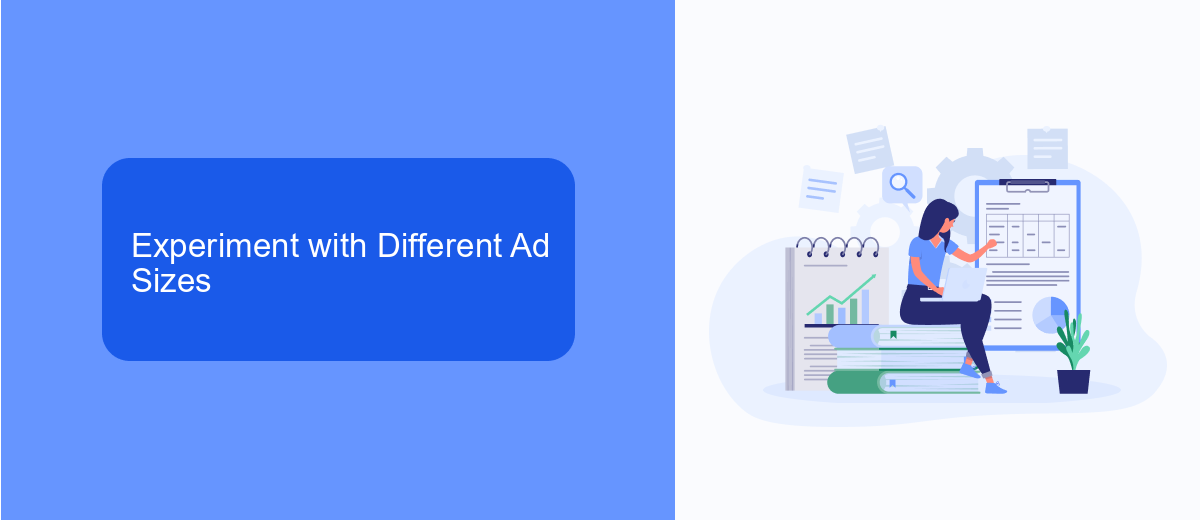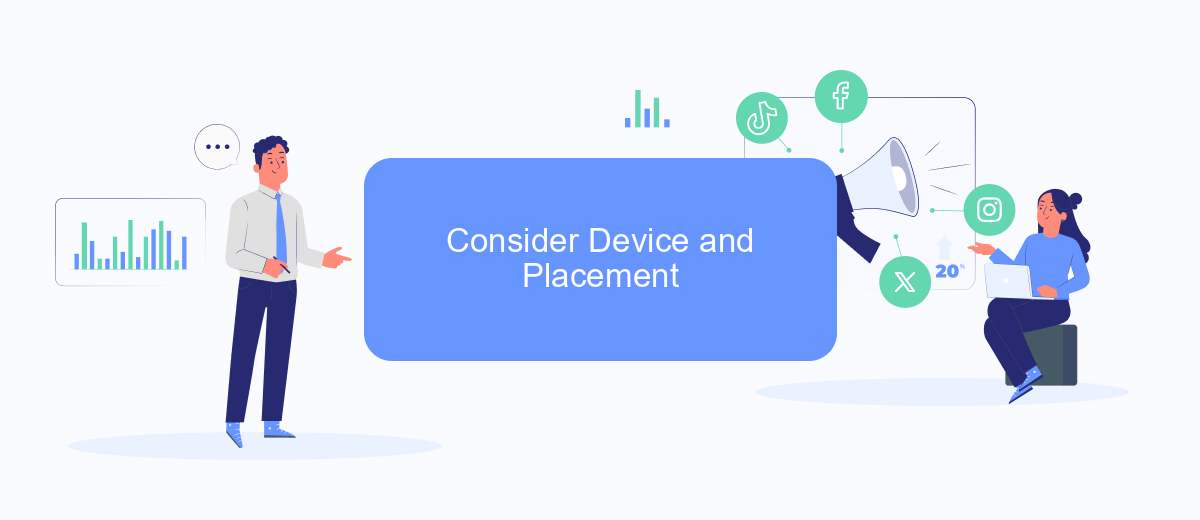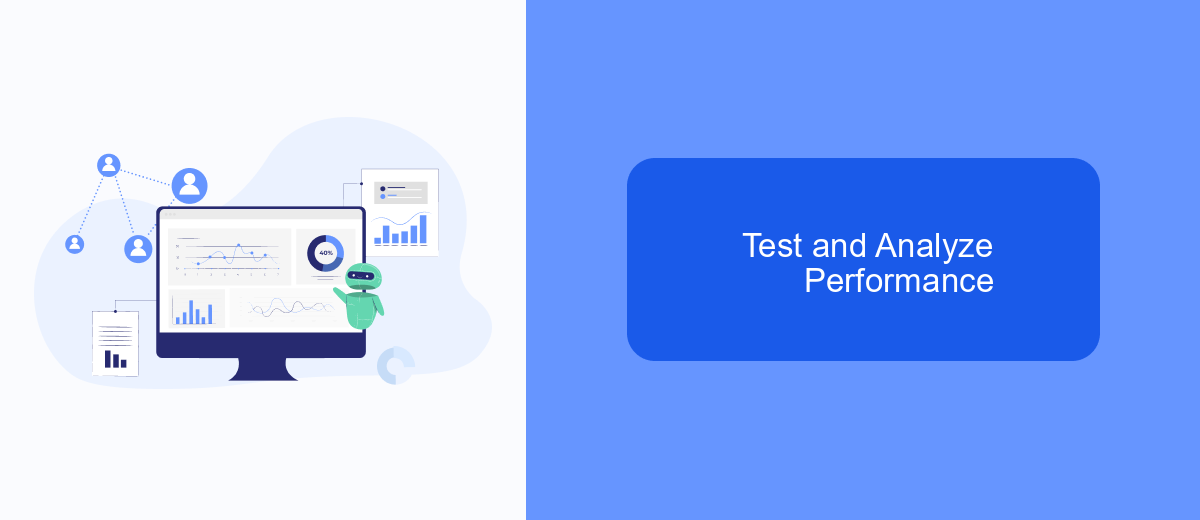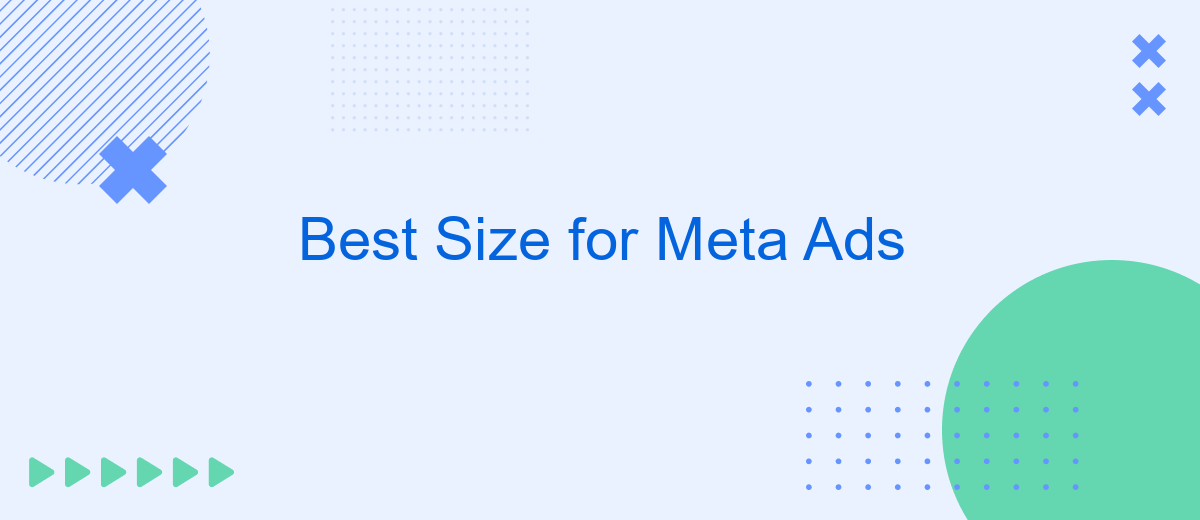Determining the best size for Meta ads is crucial for maximizing engagement and conversion rates. With various platforms and formats available, choosing the optimal dimensions can significantly impact your ad's performance. This article explores the ideal sizes for Meta ads, providing insights and recommendations to help you create visually appealing and effective advertisements that capture your audience's attention.
Identify Target Audience and Objectives
Identifying your target audience and setting clear objectives are crucial steps in creating effective Meta ads. Understanding who your audience is will help you tailor your content to meet their needs and preferences, thereby increasing engagement and conversions.
- Analyze demographic data: age, gender, location, and interests.
- Understand behavioral patterns: online activity, purchasing habits, and device usage.
- Define specific goals: brand awareness, lead generation, or sales conversions.
Utilizing tools like SaveMyLeads can streamline your process by automating data collection and integration, ensuring you have accurate and up-to-date information about your audience. By aligning your ad strategy with your audience's characteristics and your business objectives, you can optimize your campaigns for better performance and higher ROI.
Experiment with Different Ad Sizes

Experimenting with different ad sizes is crucial for optimizing your Meta Ads campaigns. Different sizes can have varying impacts on engagement, click-through rates, and overall effectiveness. By testing multiple ad formats, you can determine which ones resonate best with your target audience. This iterative approach allows you to fine-tune your strategy and maximize your return on investment.
Utilizing tools and services like SaveMyLeads can further enhance your experimentation process. SaveMyLeads simplifies the integration of various ad platforms and automates data collection, making it easier to analyze the performance of different ad sizes. By leveraging such services, you can efficiently manage your ad campaigns, gather insights, and make data-driven decisions to improve your Meta Ads performance.
Consider Device and Placement

When designing Meta ads, it's crucial to consider the devices and placements where your ads will appear. Different devices and placements can significantly impact the performance and effectiveness of your ads. Therefore, tailoring your ad sizes and formats to suit these variables is essential for maximizing engagement and conversions.
- Mobile Devices: Given the high usage of mobile devices, ensure your ads are optimized for smaller screens. Vertical and square formats tend to perform better on mobile.
- Desktop: Desktop ads can utilize larger and more detailed visuals. Horizontal formats are often more effective here.
- Feed vs. Stories: Ads in feeds should be more detailed and informative, while stories should be quick, engaging, and visually appealing.
By considering device and placement, you can better align your ad content with user behavior and platform specifics. This strategic approach not only enhances user experience but also boosts your ad performance. For seamless integration and optimization of your ad campaigns, consider using services like SaveMyLeads, which can automate and streamline your marketing efforts.
Test and Analyze Performance

To determine the best size for your Meta ads, it is crucial to test and analyze their performance regularly. Start by creating multiple ad variations with different sizes and monitor their metrics closely. This will help you understand which sizes resonate best with your target audience.
Analyzing the performance of your ads requires a systematic approach. Utilize tools like SaveMyLeads to seamlessly integrate your ad data with your analytics platform. This will allow for real-time tracking and more accurate insights.
- Set clear objectives for each ad campaign.
- Use A/B testing to compare different ad sizes.
- Monitor key performance indicators (KPIs) such as click-through rates (CTR) and conversion rates.
- Adjust your ad sizes based on performance data.
Regularly updating and optimizing your ads based on performance analysis will ensure that you are using the most effective sizes. By leveraging tools like SaveMyLeads, you can streamline this process and make data-driven decisions to maximize your ad performance.
Optimize for Best Results
To optimize for the best results in your Meta Ads, start by analyzing your audience and tailoring your ad content to their preferences. Utilize A/B testing to determine which ad variations perform best, and continuously monitor key performance indicators (KPIs) such as click-through rates (CTR) and conversion rates. Adjust your targeting parameters based on the data you collect to ensure your ads are reaching the most relevant audience. Additionally, make use of Meta's ad placement options to find the most effective positions for your ads across different platforms.
Incorporating automation tools can significantly enhance your optimization efforts. Services like SaveMyLeads can streamline the process by integrating your Meta Ads with your CRM or other marketing tools, ensuring that leads are captured and followed up on promptly. This not only saves time but also increases the efficiency of your ad campaigns. By leveraging these integrations, you can focus more on strategic adjustments and less on manual tasks, leading to better overall performance and higher ROI.
FAQ
What is the ideal image size for Meta (Facebook) ads?
Can I use different image sizes for different placements?
What happens if I use the wrong image size?
How can I automate and integrate my Meta ads data with other tools?
Do I need to worry about image file size for Meta ads?
Personalized responses to new clients from Facebook/Instagram. Receiving data on new orders in real time. Prompt delivery of information to all employees who are involved in lead processing. All this can be done automatically. With the SaveMyLeads service, you will be able to easily create integrations for Facebook Lead Ads and implement automation. Set up the integration once and let it do the chores every day.
